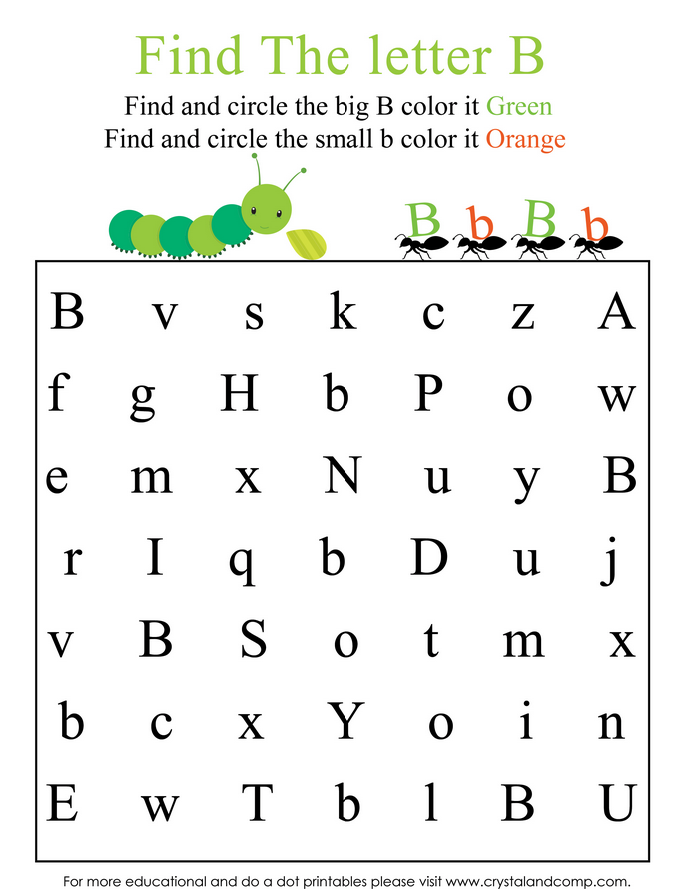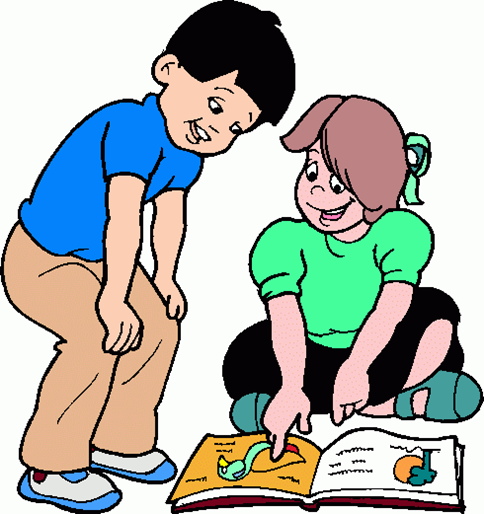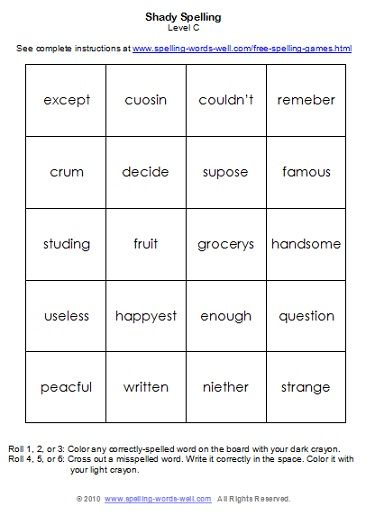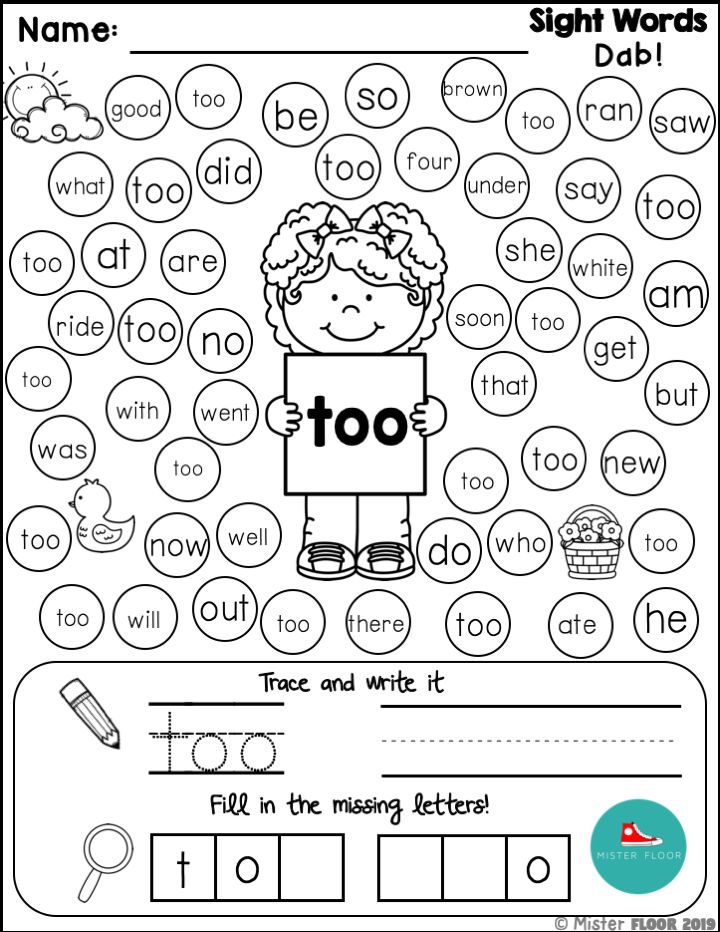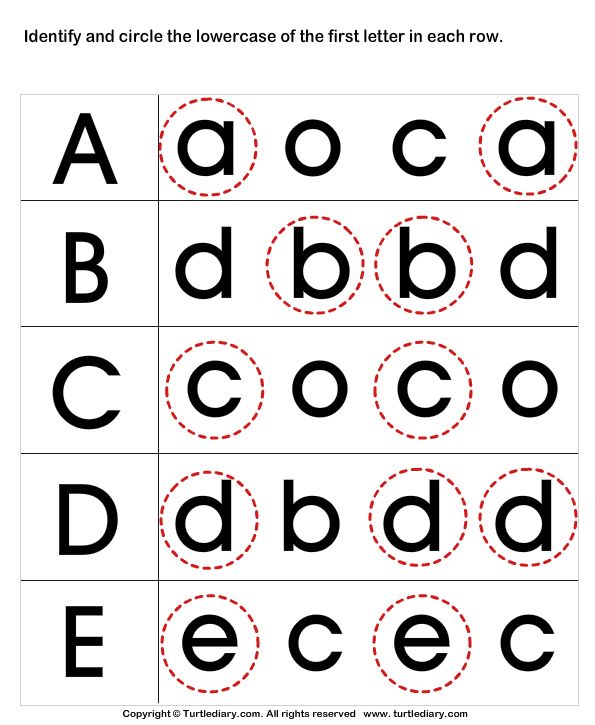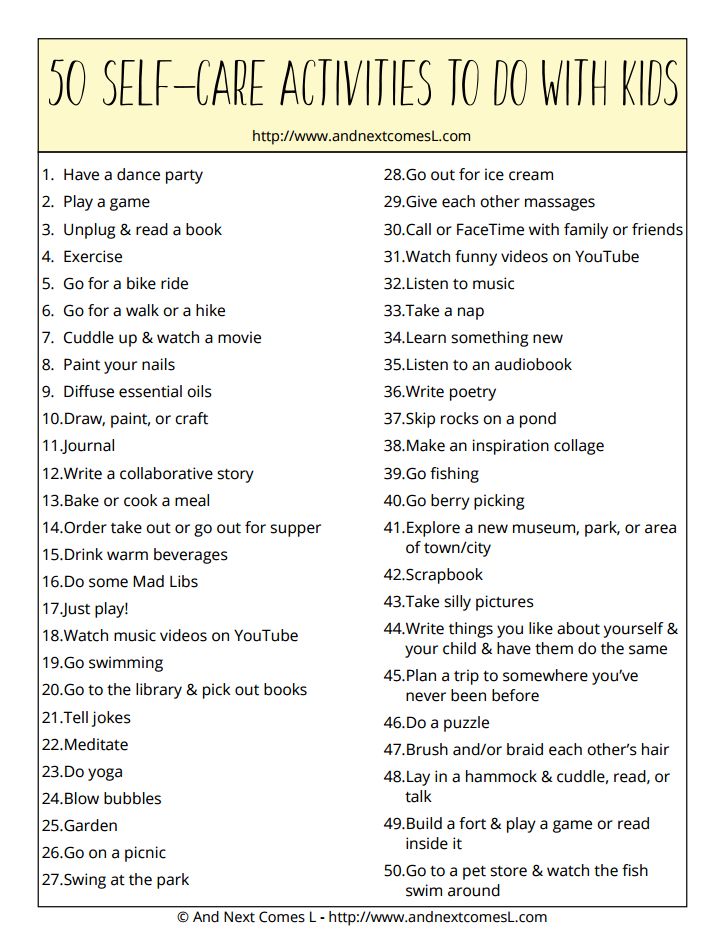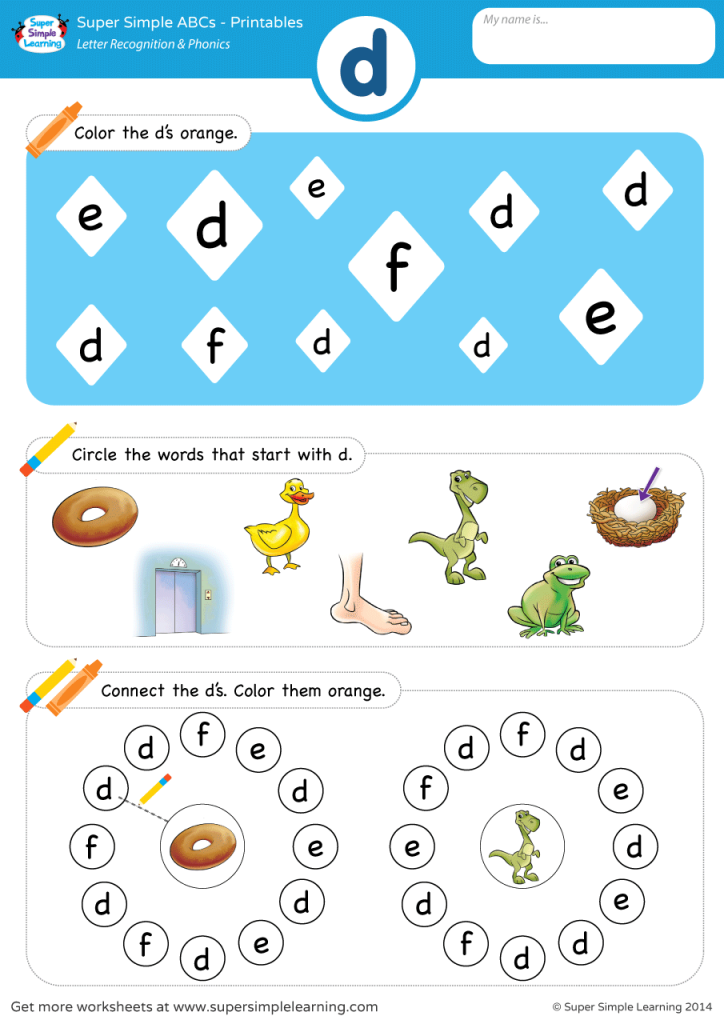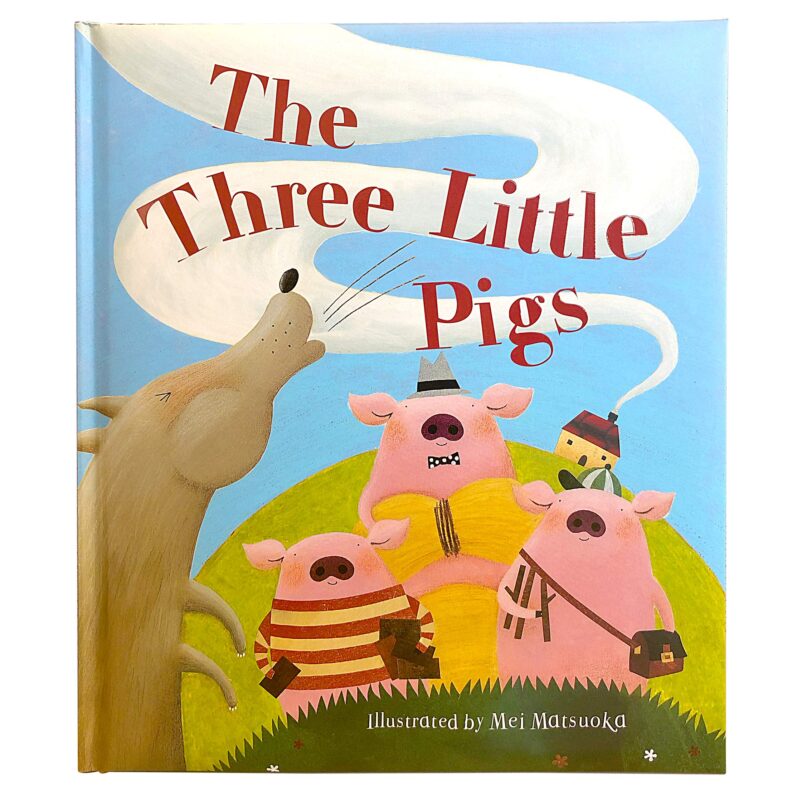Learn your letters
Learning Letters with Fun Activities
If your kids are learning letters, then this is the post for you! Teach the alphabet with hands-on activities that are engaging and enjoyable for young kids!
I am always creating new alphabet activities to do with my kids. From games, to activities to hands-on printables, there are so many ways to make learning letters a fun experience for your kids!
These activities are all fun, engaging and hands-on ways for kids to learn letters. And many of them require very few supplies. So let’s get started!
Learning Letters in Preschool and Kindergarten
1. Use a sand tray and these letter formation cards to help kids with letter identification, letter formation and even letter sounds.
Just use a small shallow tray and some colored sand to make a writing tray. Then pair it with the letter formation cards. The cards even include a small picture that represents the sound that each letter makes!
2. Play this Roll and Dot the Letter Game. In the two-player game version, children will roll an alphabet dice, and dot the letter on the page. The first person to dot 5 letters in a row wins! Or keep the game going and see who can get the most 5 in a rows per sheet.
3. Use these alphabet clip cards to help kids learn letter sounds while also developing fine motor skills!
4. These Beginning Sounds I Spy Mats make learning letters sounds fun and hands-on! Grab some alphabet beads and see if your kids can find all the letter sounds on the mat!
5. Print out this board game and play a fun game that teaches letter identification and letter sounds. This is one of my most popular ideas and one of my kids’ favorites!
6. These printable alphabet puzzles will make learning letters a hands-on experience. They develop critical thinking skills and fine motor skills while teaching letters and sounds!
7. Combine play dough and learning letters with these engaging alphabet mats.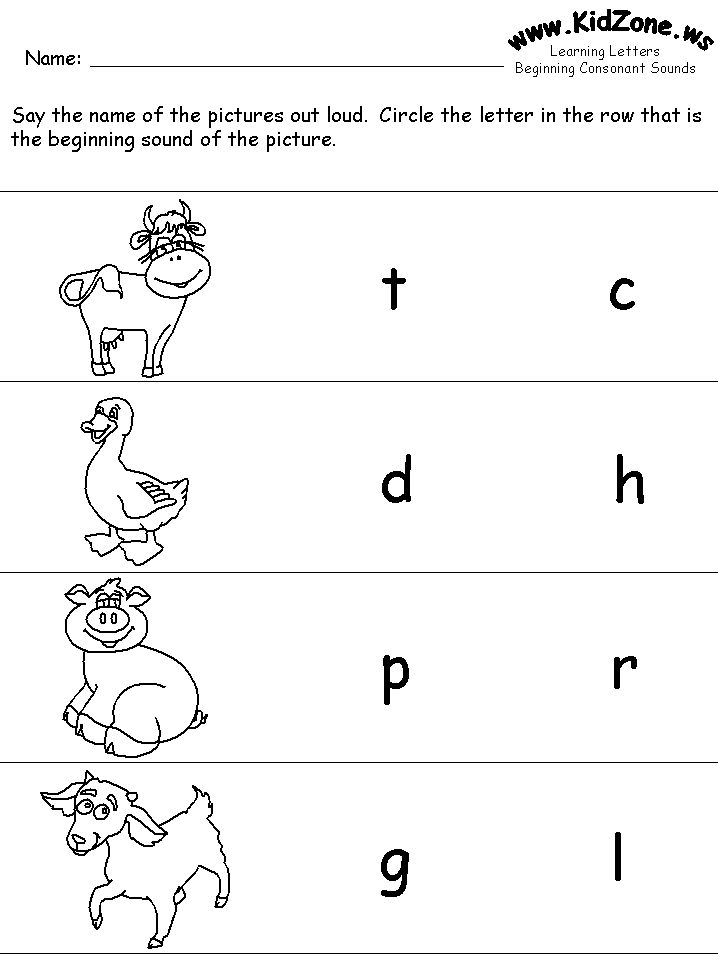 Not only will kids practice letter formation while using them, but they will also practice identifying beginning sounds in words. Slip them into write and wipe pockets and you can use dry-erase markers on them too.
Not only will kids practice letter formation while using them, but they will also practice identifying beginning sounds in words. Slip them into write and wipe pockets and you can use dry-erase markers on them too.
Get these Activities in my Alphabet Printable Pack
These activities can be found in my brand new Alphabet Printable Pack! With 370+ pages and 17 alphabet activities, this alphabet pack is going to be so helpful to you!
8. These Beginning Sounds Clip Wheels develop fine motor skills while teaching the children to identify beginning letter sounds. Each wheel includes 4 objects that correspond to the letter in the middle. Children will mark the correct pictures with clothespins.
9. Beginning Sounds Mazes are a fun way to learn letter sounds! These bright and colorful mazes are visually engaging and great for developing visual tracking skills which are also necessary for reading.
10. My kids really enjoy these Spot the Letter Mats. Children will search the mat for objects that start with the letter in the middle of the mat. Slip in dry-erase sleeves and mark objects with dry-erase marker. Or laminate and mark with pom poms, craft gems or other small objects.
Children will search the mat for objects that start with the letter in the middle of the mat. Slip in dry-erase sleeves and mark objects with dry-erase marker. Or laminate and mark with pom poms, craft gems or other small objects.
Buy the Alphabet Printable Pack
To read more about the Alphabet Printable Pack and all of the activities that are included, click the link below!
Help Your Child Learn Alphabet Sounds!
Site Search
Site Search
Shop Now
Teaching Tips
December 15, 2020
0
4 mins
Alphabet knowledge is one of the first building blocks of education, the moment when children begin learning the letters of the alphabet. As the stepping stones of language, learning the alphabet is one of the first ways we develop the skills necessary to read and write. In fact, studies show that the ability to name the letters of the alphabet during Pre-K and kindergarten is a well-established predictor of children's literacy skills later in life.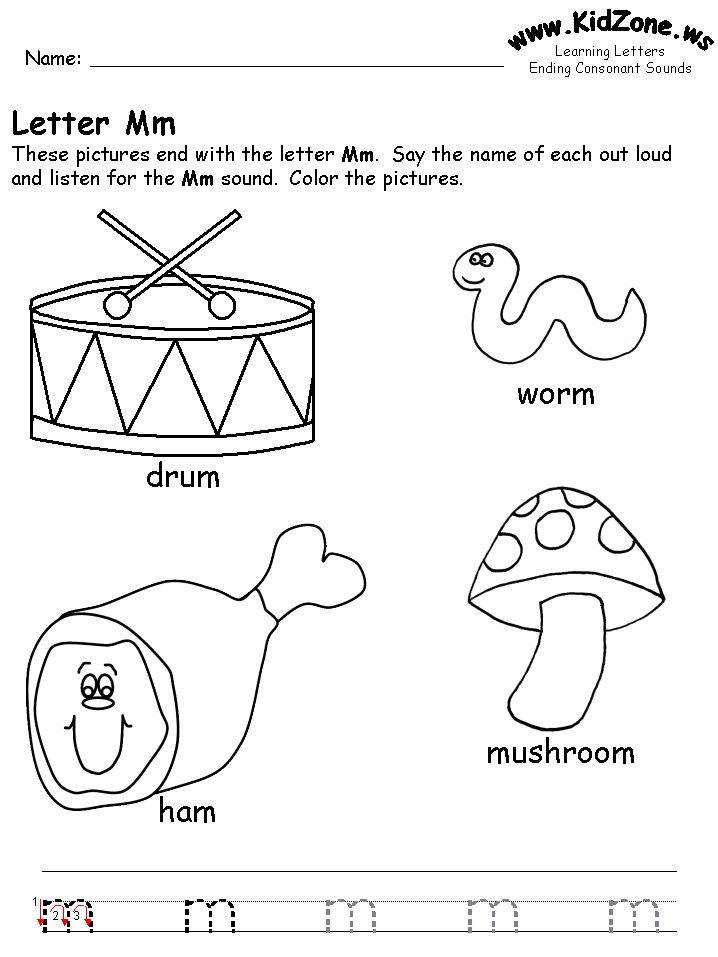 Properly knowing the alphabet means that the child can distinguish between the 26 letters of the alphabet and can also verbalize those letter sounds. There are many different ways to approach teaching the alphabet, and because every child is different, multiple teaching methods should be considered to ensure that all students are on the same path toward mastering letter sounds.
Properly knowing the alphabet means that the child can distinguish between the 26 letters of the alphabet and can also verbalize those letter sounds. There are many different ways to approach teaching the alphabet, and because every child is different, multiple teaching methods should be considered to ensure that all students are on the same path toward mastering letter sounds.
Tips for Teaching Letter Sounds
Many factors play a role in a child’s quest toward learning the alphabet. When teaching letter sounds, it's important to consider that students have varied learning styles. It is best to use a combination of visual, tactile, and auditory strategies in order to reach learners most effectively. Taking advantage of all possible approaches and beginning at an appropriate pace for the age group is key for making sure the child has learned the alphabet.
Preschool vs Kindergarten
Establishing the child’s starting point is crucial for properly knowing where to begin in regards to the child learning letter sounds.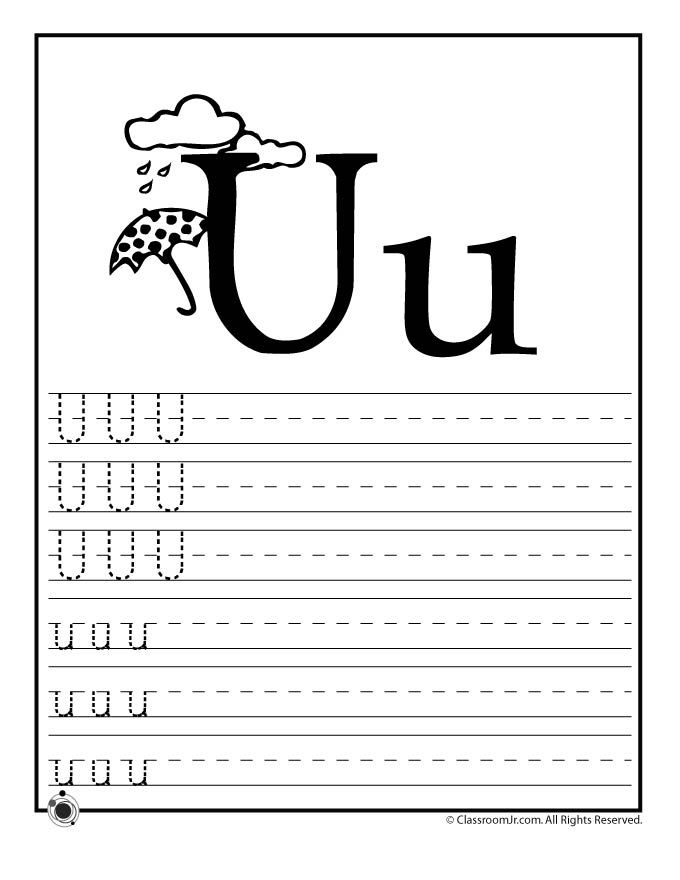 In Pre-K, students are beginning to establish phonemic awareness, and these skills can grow quickly. By establishing the learner’s baseline, you are able to help them achieve greater growth throughout their Pre-K and kindergarten years.
In Pre-K, students are beginning to establish phonemic awareness, and these skills can grow quickly. By establishing the learner’s baseline, you are able to help them achieve greater growth throughout their Pre-K and kindergarten years.
Start With Their Name
Taking full advantage of meaningful literacy during early childhood education is a great way to connect lessons with the student in an intimate and fun way. Starting with teaching the child’s name guarantees that there will be a personal connection to the letters of the alphabet and teaching the letter sounds of their name will help them to remember certain letters and touch on correct letter order as well. Start with their name and then move on to other personal buzzwords such as their favorite food, color, and so on.
Capital Letters First
When teaching letter sounds, children typically learn capital letters first so it’s much easier for them to recognize capital letters than lowercase letters.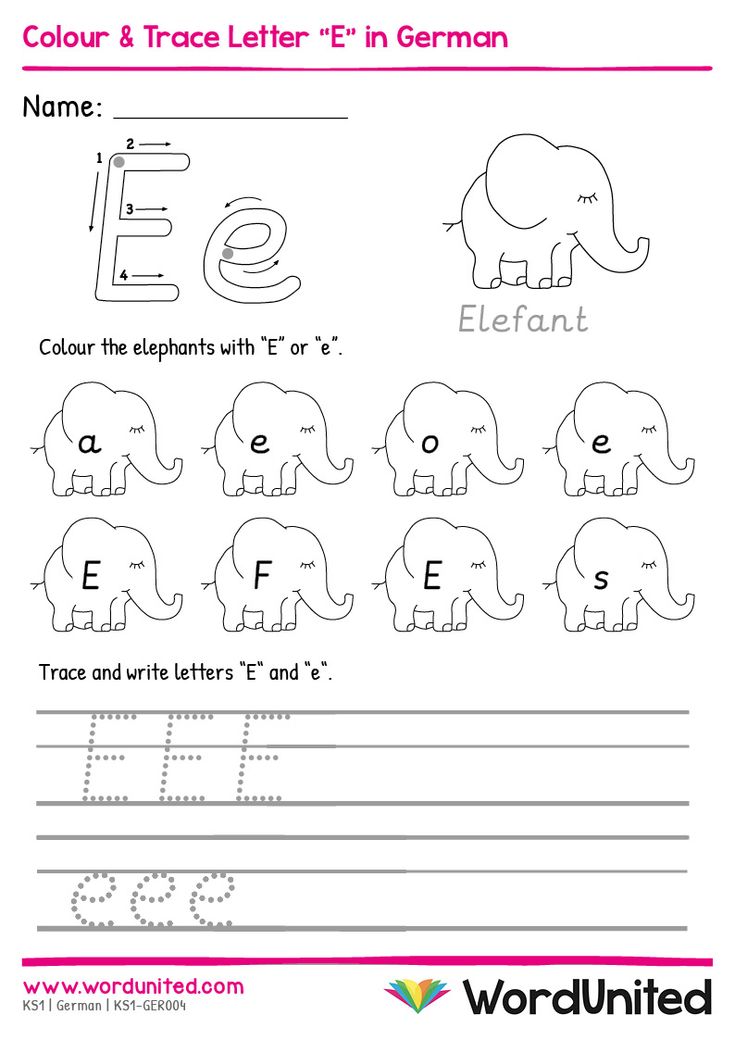 When using visual materials for teaching letter sounds, begin with mastering capital letters of the alphabet and then move forward to incorporate lowercase letters as well. This allows them to have a foundation for letter sounds while then focusing on letter recitation overall.
When using visual materials for teaching letter sounds, begin with mastering capital letters of the alphabet and then move forward to incorporate lowercase letters as well. This allows them to have a foundation for letter sounds while then focusing on letter recitation overall.
Use Visual Cues
Visual cues are a huge helping hand in the quest for properly teaching alphabet letters and sounds. Combining verbal and visual instruction to provide aid for the child allows them to commit the letters to memory and recall those letters later on. Consider using physically engaging alphabet resources to help give kids visual assistance in learning letters and sounds. Some great tools we suggest include:
Letters or Letter Sounds First?
Each student is unique! Some children will have an easier time identifying the letter, while others may have a better time learning the sound before the corresponding letter.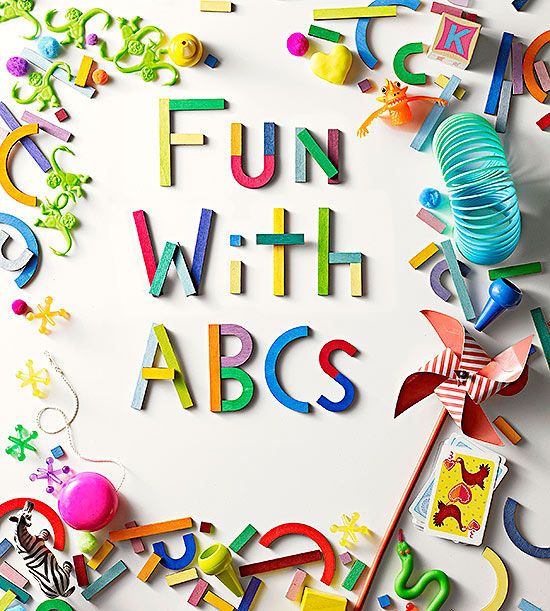 Take note of which direction the child is leaning toward and cater to their individual needs. But first and foremost, ensure you invest a healthy amount of time in establishing letter-sound-correspondence when teaching letters and sounds.
Take note of which direction the child is leaning toward and cater to their individual needs. But first and foremost, ensure you invest a healthy amount of time in establishing letter-sound-correspondence when teaching letters and sounds.
Mix Up the Standard Alphabet Order
A great way to ensure that the student is properly able to identify and replicate alphabet letter sounds is to change up the alphabet order. This allows the teacher to see if the student has retained the alphabet properly or has maybe relied heavily on educational tools like songs and games to be able to identify letters. A-B-C Touch & Flip Cards are a great tool for mixing up the order to ensure each letter gets its own spotlight and that the child can confidently excel in mastering the alphabet.
Make Letter Sounds Fun
One of the best parts of teaching letter alphabet sounds is watching the moment when it finally clicks for the child.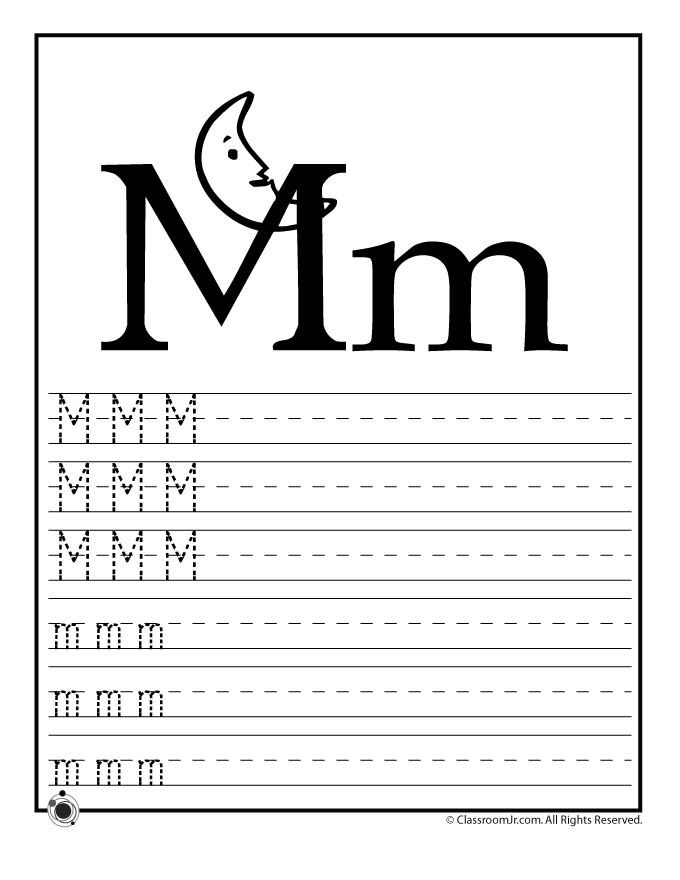 Teaching letter sounds should be a fun experience for the child. That positivity helps encourage comprehension and encourages further development of these skills. Try playing games, singing catchy alphabet songs, or even assigning alphabet-based art assignments to help make learning the alphabet a fun experience.
Teaching letter sounds should be a fun experience for the child. That positivity helps encourage comprehension and encourages further development of these skills. Try playing games, singing catchy alphabet songs, or even assigning alphabet-based art assignments to help make learning the alphabet a fun experience.
Learning Without Tears Knows Letter Sounds!
Once a child has confidently mastered letter sounds and the alphabet, they’ve taken the first step toward literacy, vocabulary, language development, and more. With a combination of enriching alphabet learning materials and enough consistent practice, any child will be on their way to confidently know the alphabet.
Learning Without Tears seeks to help families, educators, and children get prepared for learning with innovative educational materials and professional resources.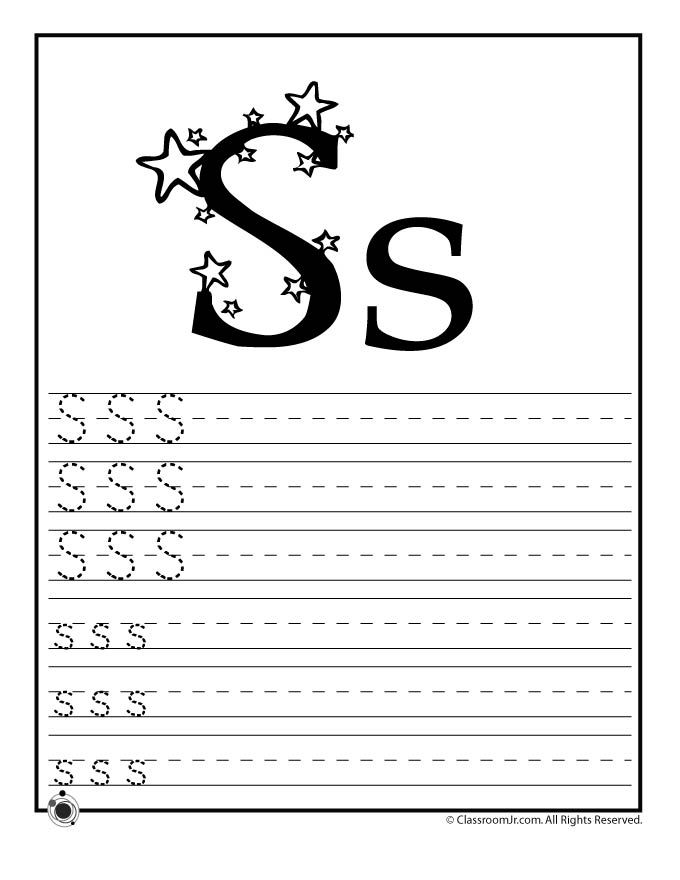 We want every child to be set up for success through each step of their learning journey, with engaging and worthwhile materials for K-5 students. Regardless of whether the child is learning in a traditional classroom or at home, Learning Without Tears provides access to proven curricula, industry insight, and enriching products that help make teaching and learning the alphabet a fun experience.
We want every child to be set up for success through each step of their learning journey, with engaging and worthwhile materials for K-5 students. Regardless of whether the child is learning in a traditional classroom or at home, Learning Without Tears provides access to proven curricula, industry insight, and enriching products that help make teaching and learning the alphabet a fun experience.
Source: Piasta, Petscher & Justice, 2012
Related Tags
Home Connection
Home Connection, Teaching Tips, Multisensory Learning, Readiness
Handwriting Development Through Developmentally Appropriate Practices from Ages 2-5
August 13, 2021
0 4 min
Ask the Experts, Teaching Tips, Multisensory Learning, Readiness, Home Connection
Why is Literacy Development Important for Children?
June 17, 2021
0 4 min
Ask the Experts, Teaching Tips, Multisensory Learning, Readiness, Home Connection
Naming Letters Is Not a Straight Path to Literacy: Here’s Why
April 15, 2021
4 2 mins
There are no comments
Stay Connected and Save 10%Sign up for our newsletter and get the latest updates, Classroom tips & free downloads.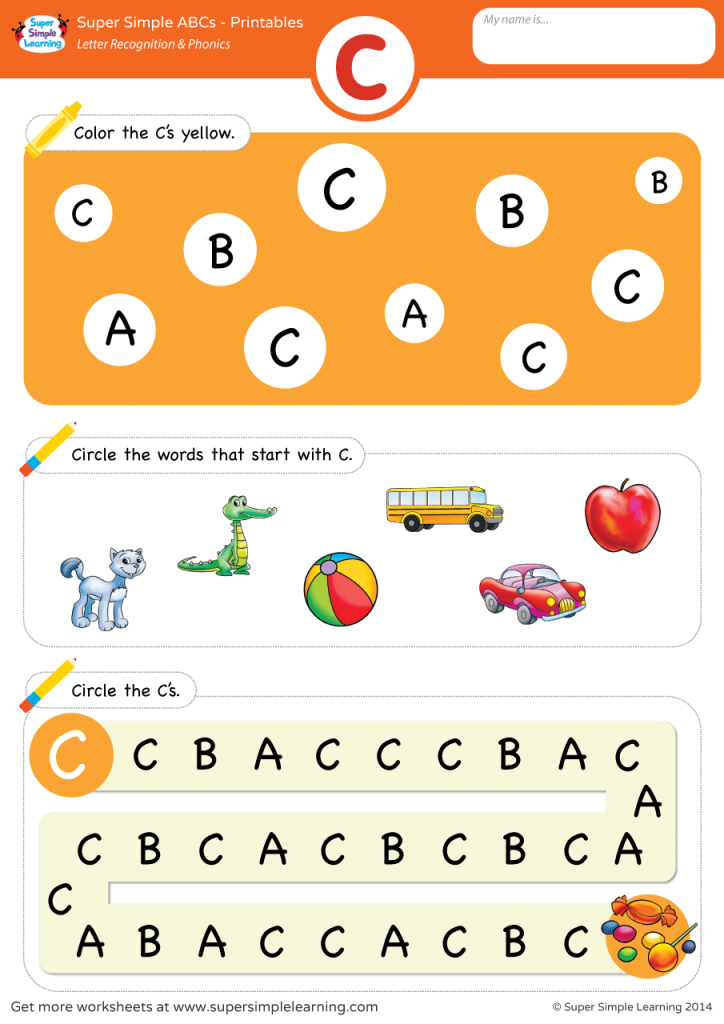
Comments
methods of teaching reading to the first grade
When to teach a child to read
There are early development studios where children are taught to read from the first years of life. However, pediatricians do not recommend rushing and advise starting learning to read no earlier than 4 years old, best of all - at 5–6. By this age, most children already distinguish sounds well, can correctly compose sentences and pronounce words. Therefore, most often parents think about how to teach their child to read, already on the eve of school. nine0005 Source: unsplash.com / @jonathanborba
How to know if your child is ready to learn to read
Before you start teaching your child to read, you need to make sure that the child is ready and wants to learn. To do this, try to answer the following questions:
- Does the child know the concepts of “right-left”, “big-small”, “inside-outside”?
- Can he generalize objects according to these characteristics?
- Can he distinguish between similar and dissimilar forms?
- Is he able to remember and execute at least three instructions? nine0013
- Does he form phrases correctly?
- Does he pronounce words clearly?
- Can he retell a story he heard or experienced?
- Can he formulate his feelings and impressions?
- Can you predict the ending of a simple story?
- Does he manage to participate in the dialogue?
- Can he listen without interrupting?
- Can he rhyme words?
- Do the letters attract his attention?
- Does the child have a desire to independently look at the book? nine0013
- Does he like being read aloud to him?
If you answered “yes” to these questions, your child is ready and will soon learn to read correctly.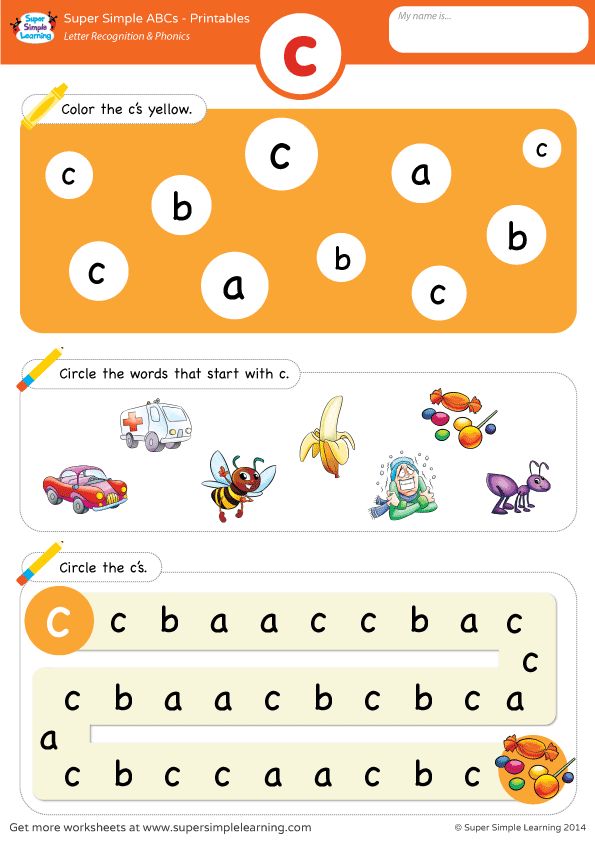
Methods for teaching reading
Most of the methods involve learning while playing, so that the child is not bored and learns knowledge better.
<
Zaitsev's Cubes
For more than twenty years, these cubes have been introducing children to letters and teaching how to form words and syllables. They allow you to understand how vowels and consonants, deaf and voiced sounds differ. There are 52 cubes in total, each of which depicts warehouses (combinations of a consonant and a vowel). The cubes vary in color and size, the large ones depict hard warehouses, while the small ones are soft. During classes, parents are encouraged to pronounce or sing warehouses so that the child remembers them better. nine0005 K Zaitsev's ubiki
Source: moya-lyalyas.ru
Vyacheslav Voskobovich's "towers" and "folds"
windows. You can put cubes in them to make syllables. And from several towers you can make a word.
Voskobovich's "towers"Source: catalog-chess.
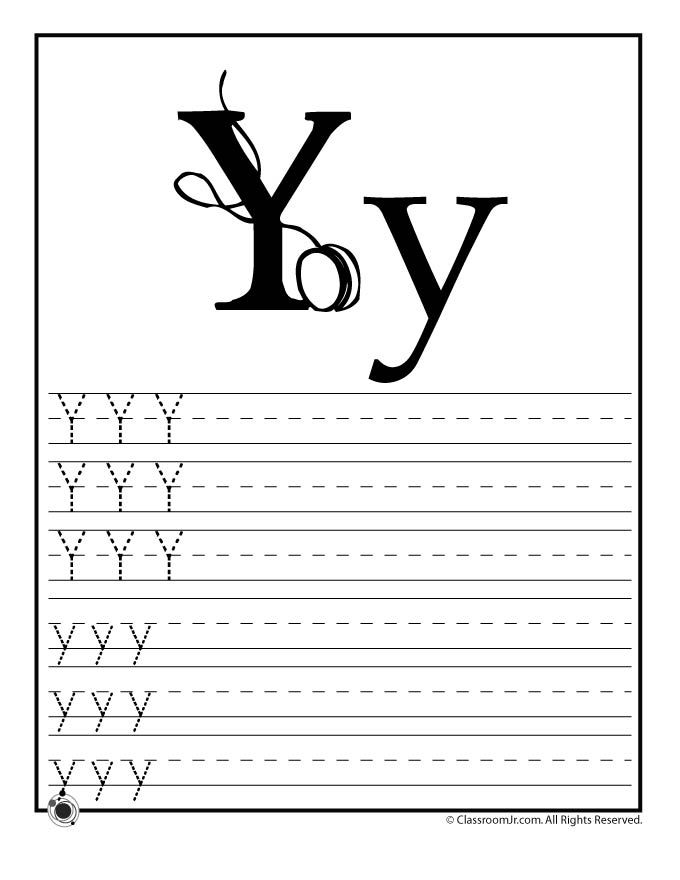 ru
ru Skladushki is a book with pictures, educational rhymes and songs. Parents sing them and in parallel show the warehouses in the pictures. The author of the methodology claims that a child of six years old can be taught to read in a month using "folds". nine0005 A page from V. Voskobovich's "folds"
Doman's cards
This method of teaching a child to read is based on memorizing whole words, from simple to more complex. First, the child masters the first 15 cards, which the parent shows him for 1-2 seconds and pronounces the words on them. Then the child tries to memorize phrases. This technique helps not only to learn more words, but also develops memory well in general.
Doman cardsSource: friendly-life.ru/kartochki-domana-dlya-samyh-malenkih
Maria Montessori's method of teaching reading
The essence of the Montessori method is that the child is first asked to feel the writing of a letter, and then pronounce it.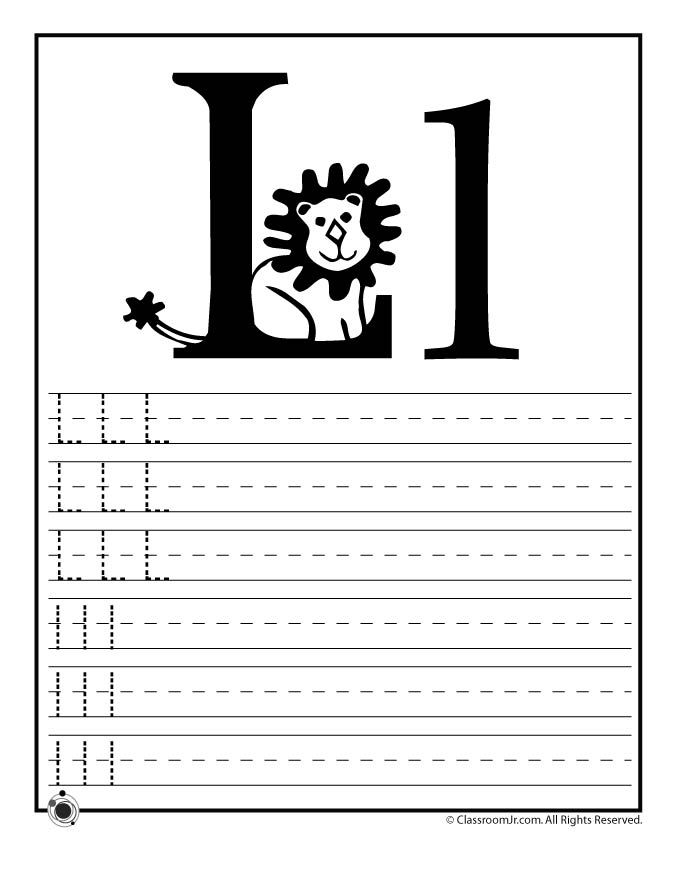 For this, didactic materials are used - cardboard plates with pasted letters, the outline of which the child traces with his finger, naming the sound. After studying consonants and vowels, you can move on to words and phrases. The Montessori method not only helps to learn to read, but also develops fine motor skills, logic, and the ability to analyze. nine0005 Montessori cards are easy to make yourself.
For this, didactic materials are used - cardboard plates with pasted letters, the outline of which the child traces with his finger, naming the sound. After studying consonants and vowels, you can move on to words and phrases. The Montessori method not only helps to learn to read, but also develops fine motor skills, logic, and the ability to analyze. nine0005 Montessori cards are easy to make yourself.
Source: hendmeid.guru
Olga Soboleva's technique
The author of this technique believes that you need to start learning not from the abstract alphabet, but immediately in practice - by analyzing simple texts. The Soboleva program allows you to teach a child to read from the age of five - at this age, children are already able to keep their attention on a line of text. Different approaches are offered depending on how it is easier for a child to perceive the world - by eye, by ear or by touch. In addition to reading skills, the technique develops interest in creativity, imagination, attention and memory.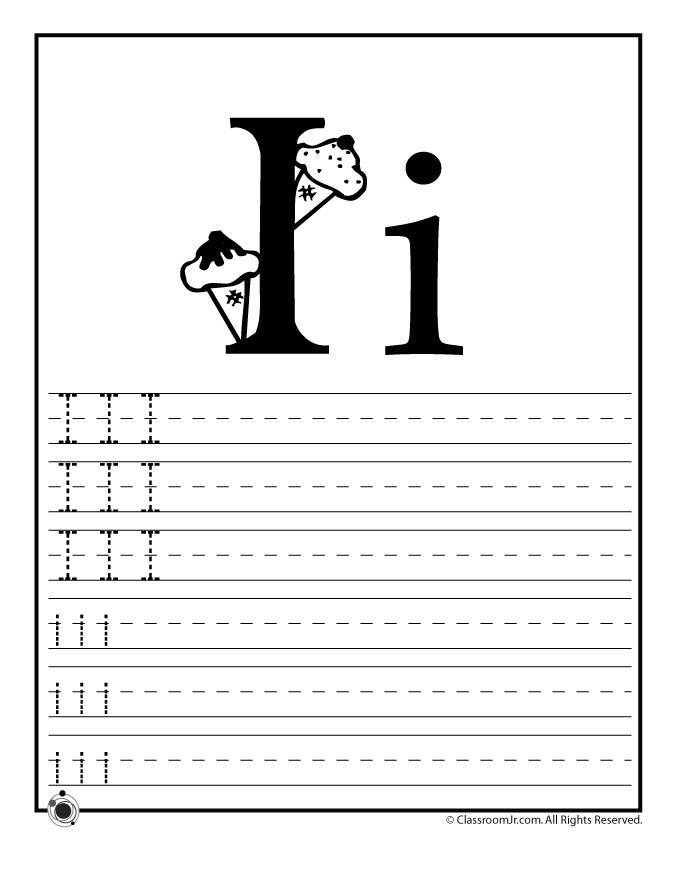 nine0005 Source: freepik.com / @gpointstudio
nine0005 Source: freepik.com / @gpointstudio
How to teach a child to read by syllables
Teaching a child to read by syllables should be done in stages. First, explain to him that sounds are vowels and consonants, deaf and voiced. Say them with the child - he must understand how they differ. Letters and sounds can be learned while walking: draw your child's attention to the letters on signs and announcements, and soon he will learn to recognize them.
When the child has mastered the letters and sounds, start teaching him to read simple words - "mom", "dad". Then move on to more complex ones - “grandmother”, “dog”, “apartment”. Show your child that syllables can be sung. nine0005 Syllabary for learning to read
Next, move on to word formation. You can cut cards with syllables and invite the child to make words out of them. When he gets comfortable, move on to reading short texts. It is better to start with two or three phrases, and a little later switch to texts of five to ten sentences.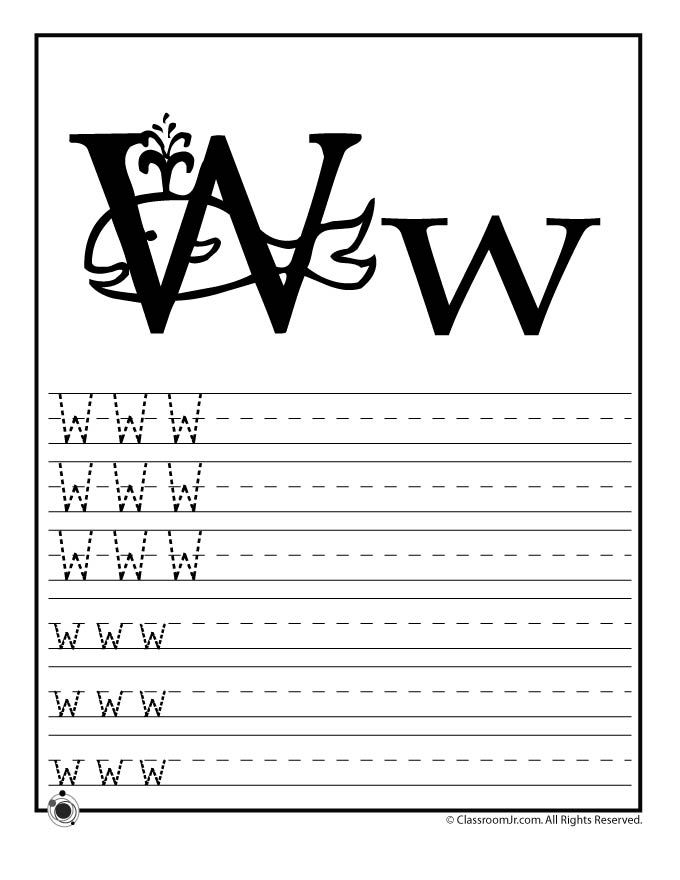
To enroll in Foxford Online Elementary School, a child must have at least basic reading, numeracy and writing skills. To check the readiness of the child for school, we offer to pass a small test that does not require special preparation. nine0005 Source: freepik.com
Exercises for learning to read
There are many exercises on the Internet that help children learn to read, you can print them out and start learning right away. Start with exercises that teach you to recognize letters and tell correct spellings from incorrect spellings.
From O. Zhukova's manual “Learning to read. Simple Exercises.Source: mishka-knizhka.ru
When the child gets used to the letters, move on to the exercises for syllables. For example, like this:
Geometric hint exercise. For greater clarity, blocks with words can be cut out.
Such exercises not only teach reading, but also develop logical thinking well:
Gradually move on to exercises where you need not only to read correctly, but also write words:
One of the most difficult and entertaining exercises is fillords: you need to find and cross out the words on the field of letters.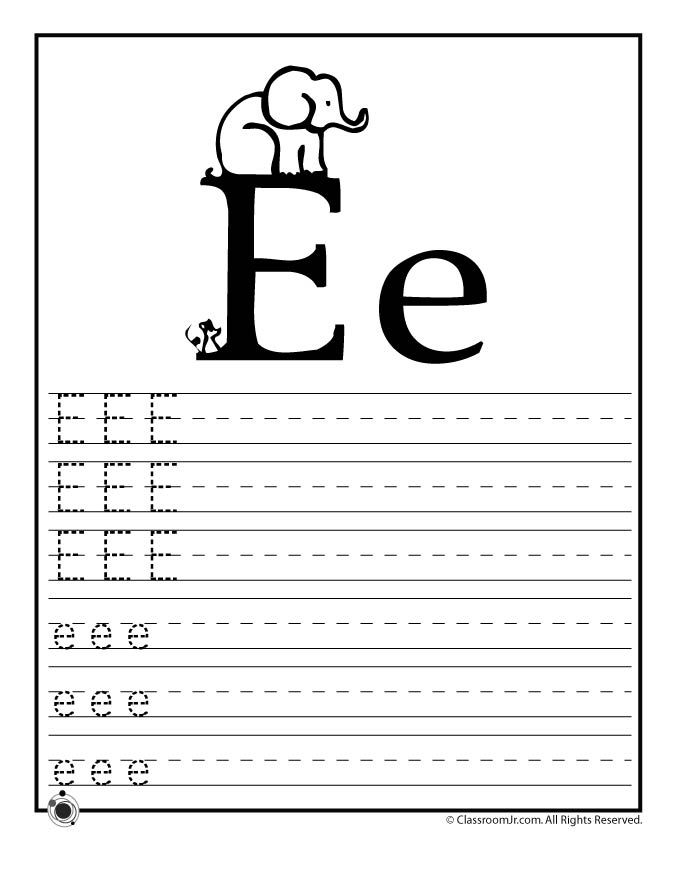
Games for learning to read
With the help of cubes or cards with letters and syllables, you can play different educational games with your child. Let's take a few examples.
Garages
Take a word of 3-4 syllables and place the cards in random order on the floor. Explain to the child how these syllables are read. These will be garages. Give the child different toys and offer to send them to the garage as you wish: for example, the car goes to the TA garage, the bear goes to the RA garage, the ball rolls to the KE garage, and so on. Make sure your child is positioning the toys correctly. At the end of the game, invite the child to make a word from garage syllables. Perhaps not the first time, but he will get a "ROCKET". Gradually introduce new syllables into the game. nine0005
<
Store
Lay out images of various goods on the table - this is a store, and you are a seller. Give your child a stack of cards with syllables - they will function as money.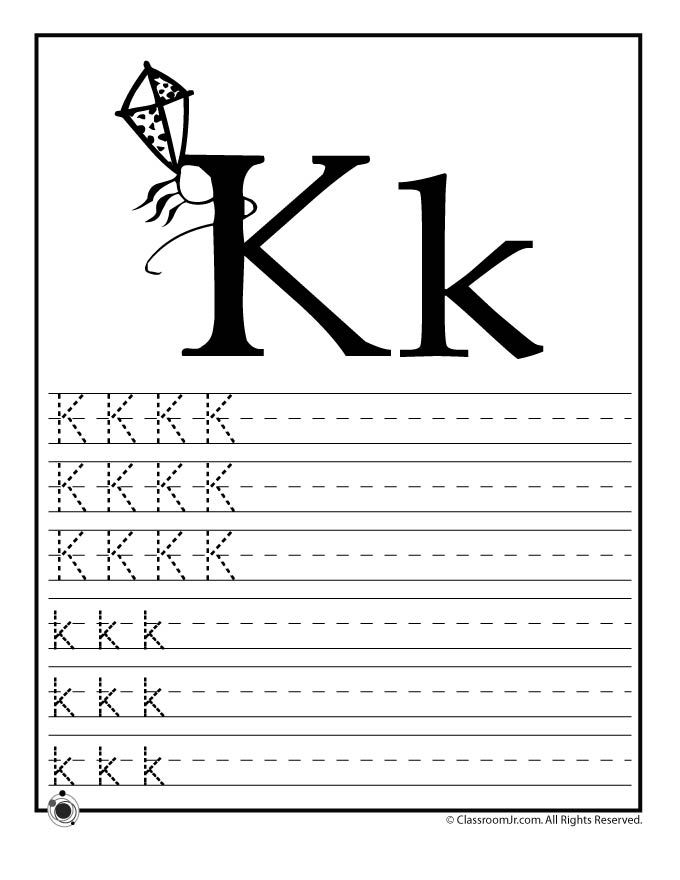 The child needs to buy all the items in the store, but each item is only sold for the syllable it starts with. For example, fish can only be bought for the syllable "RY", milk - for the syllable "MO", and so on. Give your child a few extra cards to make the task more difficult. When he gets used to it, change the conditions of the game: for example, sell goods not for the first, but for the last syllables. The game is both simple and complex: it will allow the child to understand that words are not always spelled the way they are pronounced. After all, a cow cannot be bought for the syllable "KA", for example. nine0005
The child needs to buy all the items in the store, but each item is only sold for the syllable it starts with. For example, fish can only be bought for the syllable "RY", milk - for the syllable "MO", and so on. Give your child a few extra cards to make the task more difficult. When he gets used to it, change the conditions of the game: for example, sell goods not for the first, but for the last syllables. The game is both simple and complex: it will allow the child to understand that words are not always spelled the way they are pronounced. After all, a cow cannot be bought for the syllable "KA", for example. nine0005
Lotto
Game for several people. Give the children several cards with syllables. Take out the cubes with syllables one by one from the box and announce them. Whoever has a card with such a syllable - he takes it. The first person to complete all the cards wins. During the game, children will accurately remember the syllables that they had on their hands.
Summary
Finally, a few more tips on how to teach a child to read:
- It is better to start teaching children to read by memorizing letters.
 It is important that the child can recognize and name them without hesitation. nine0013
It is important that the child can recognize and name them without hesitation. nine0013 - In the early stages, pronounce the consonants as they are read in words: not [em], [el], [de], but [m], [l], [d] - this way it will be easier for the child to find his bearings.
- Sculpt letters from plasticine, draw and color, buy an alphabet with voice acting - use all the channels of the child's perception.
- Gradually build letters into syllables and then into words. Play rearranging letters and syllables, let the child experiment.
- Teach your child rhymes about the letters of the alphabet, look at the primer, use cards with letters and pictures. Thanks to the illustrations, the child will be able to memorize the symbols faster. nine0013
- Distribute the load: fifteen minutes a day is better than an hour twice a week. Alternate entertaining and serious tasks.
- You can hang signs with their names on objects in the child's room - the child will quickly learn to recognize them in texts.
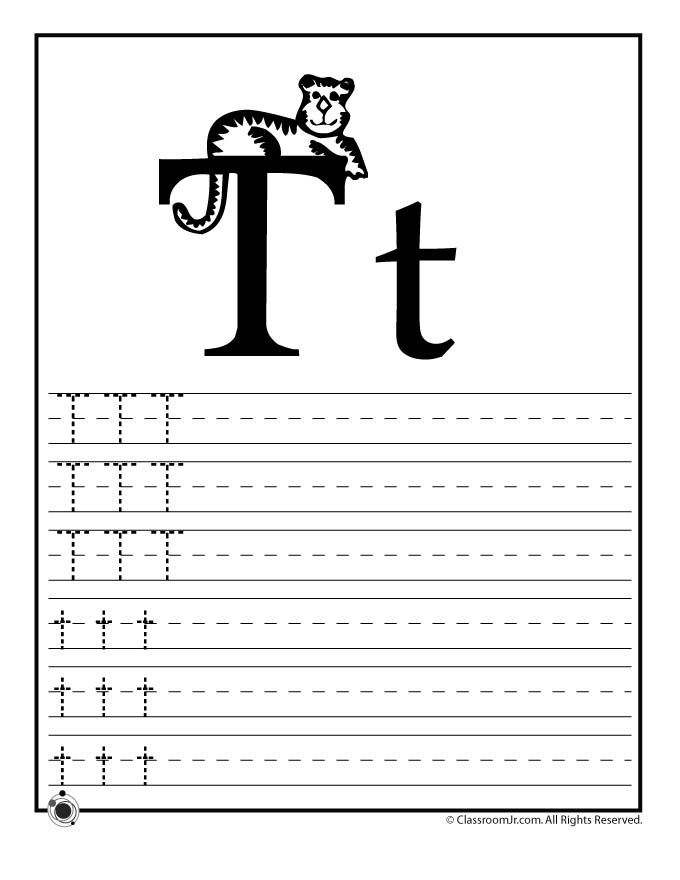
- Read aloud regularly to your child and gradually introduce them to independent reading. Every evening, offer to read at least a few lines from a well-known book on your own.
- Lead by example. For a child to want to learn to read, he must regularly see you with a book. nine0013
We hope that our recommendations will help you teach your preschooler to read. Even if your child is just learning to read, at Foxford Elementary School he will be able to improve his skills.
entrance to the personal account of the child, registration of the student, teacher and parent, opportunities0004 Mobile application for personal account
Customer support via Uchi.ru account
Security and privacy rules
The Uchi.ru portal helps primary school students master the school curriculum in mathematics and other subjects. The material on the site is presented in an accessible interactive form. During the training, a dialogue is conducted with the child, an individual program is selected for each, clarifying questions are asked to the student and tips are given for the successful solution of the problem.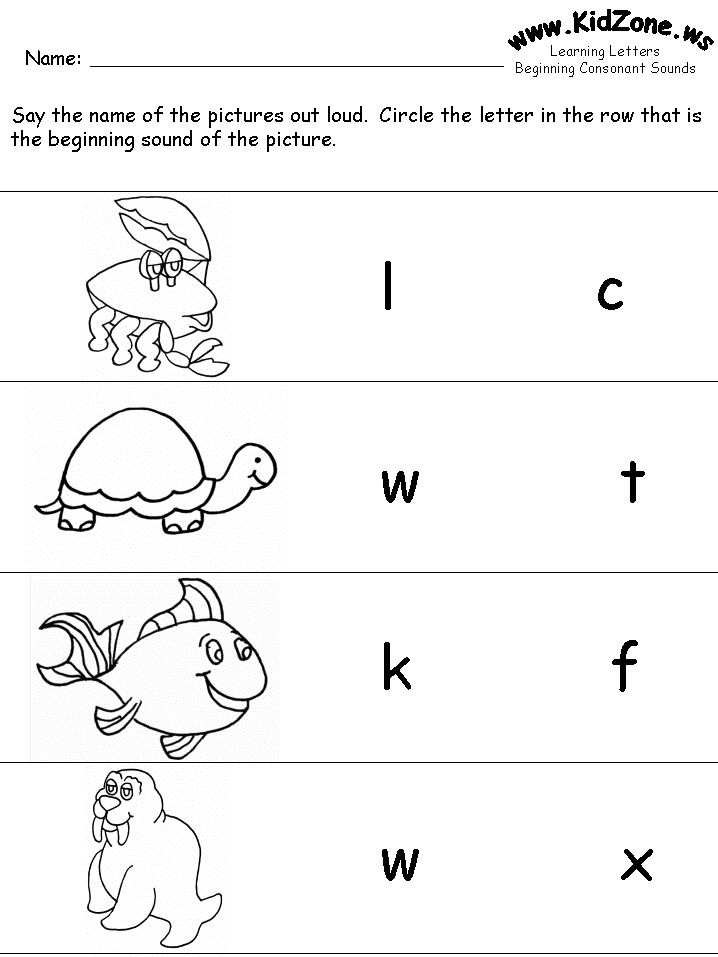 nine0005
nine0005
Site features
You can use the system both at school and at home. If accessed from the school computer, all classes are free of charge. Free access to 20 classes on weekdays until 4 pm is possible from home. A paid account allows you to play without restrictions.
More than 9 thousand schools already use the services of this site. 65,000 teachers and 1 million students from grades 1 to 5 are successfully teaching classes thanks to Uchi.ru. The teacher receives detailed information about the progress of each student and can adjust the program, create lists of students and track the time spent on tasks. nine0005
Group activities in the classroom can be carried out using an interactive whiteboard, which will make learning even more visual. After completing the exercise, the child will be praised and wished for further success. To access the tasks, the teacher or parents need to register in their personal account.
Account registration
To start registration, select a user category.
If the school is already participating in the project, the registration is done by the teacher. To do this, he needs to enter an email address and come up with a secure password. The account will be activated after the user follows the link that will be sent to the specified e-mail. nine0005
Next, the teacher generates lists of students, registers them in the system, for each indicating the name, surname and other information. Having received a list of logins and passwords, he can invite students to the system. Parents gain access to the system through an invitation code that can be obtained from the teacher. Parents can independently access their personal account. To do this, at the bottom of the screen there is a link "Register for self-study".
Next, enter the child's first and last name, what grade he is in, his gender and click "Continue" on the next page, enter your own personal data, email and create a password. The username and password for the child will be generated automatically. After that, you can start practicing.
After that, you can start practicing.
How can a student register?
The Uchi service was created so that classes can be either on the initiative of the teacher, then he creates a personal account for the student in the system, after registering an account for himself, or on the initiative of the parents, then they must create an account for the child. In the first case, when the initiator is a teacher, the parent will still have to register, because the teacher will give a special authorization code that the parent must enter on the site page to link the student's account to the teacher's account. There is no option for students to self-register. nine0005
How can a parent of a student register?
Depending on who initiated the start of classes on the "Uchi.ru" page, there are 2 ways for parents to register:
- information about the child will be pulled up automatically.
- If parents are planning self-education classes, then the second section is selected on the same registration page, with self-registration.
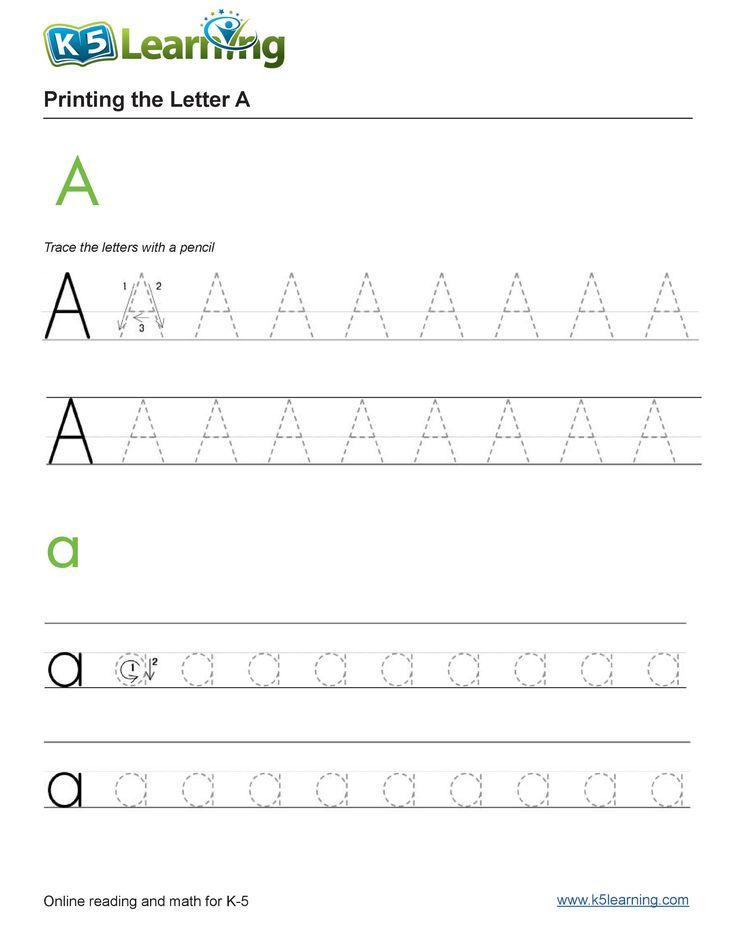 nine0013
nine0013
In the second case, you can register in 3 steps:
Here, parents can check the progress of the child, and the child will directly start doing the exercises. nine0005
How can a teacher and teacher register?
Teacher registration is carried out on a separate page. To open access to the functionality of the site "Uchi.ru", the teacher needs to enter the following data:
Authorization in the personal account of Uchi.ru
The login for parents and teachers will be the specified email address. The child needs to enter the password and login that the system has generated. Adults can recover a lost password, a link to change the password will be sent by e-mail. Parents or teacher can remind the password to the student. nine0005
Entering the student's personal account
After adults register in the system, data is generated for visiting the site by a child. This data can always be restored to the page of the initiator of the registration. To enter their work page, the child will need to open the main Uchi ru page and follow the "Login" link. For convenience, parents can save the direct login page in their browser bookmarks. It remains only:
This data can always be restored to the page of the initiator of the registration. To enter their work page, the child will need to open the main Uchi ru page and follow the "Login" link. For convenience, parents can save the direct login page in their browser bookmarks. It remains only:
If your browser prompts you to remember the data, this will make it even easier for your child to enter their account. But at the same time, it is desirable that the data from the parent's account is not available to the child.
Login to the teacher's personal account
The teacher uses the general account login scheme, so in the authorization form he enters his login (email address) and password. Moreover, you can log in both from the main page of the site, and by clicking on a separate "Login" button. nine0005
After switching to the account, the teacher will have access to the features of the page, where he can, if necessary, create additional classes or add students to existing ones. If necessary, the teacher can reprint the data for their student accounts.
Password recovery
As we have already pointed out, the username and password for the child's page is assigned to him through the adult's page. Therefore, in order to restore it, you need to enter the personal account of the one who created the child's account. nine0005
But if the password is lost from the teacher's or parent's page, then the recovery will proceed as follows:
How to change mail in personal account uchi.ru?
Since the e-mail specified during registration is not only your login, but also a means for emergency restoration of access to your personal account, its working condition is all important.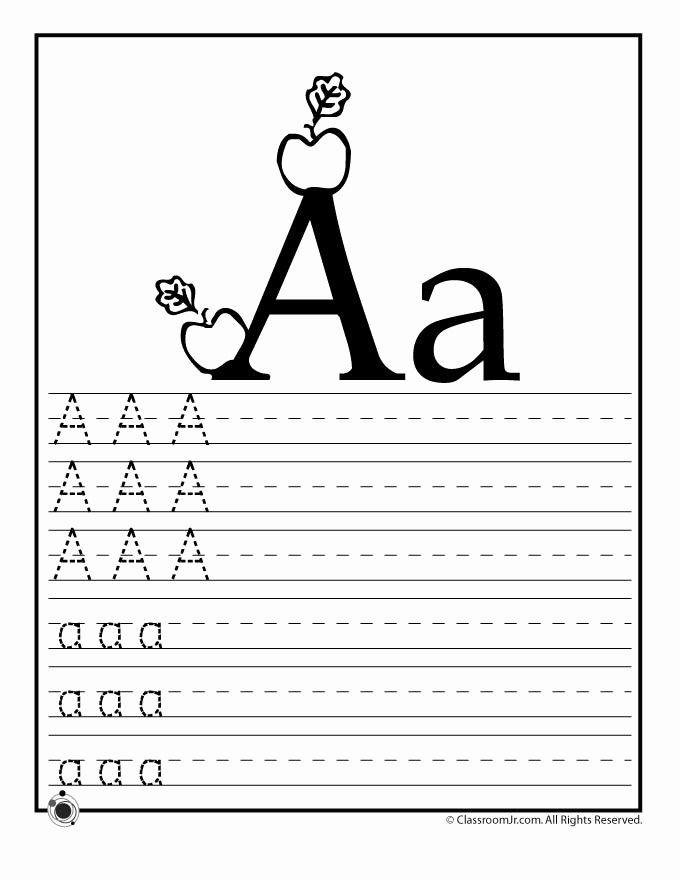 However, if for some reason you still need to change your mail to another, then you won’t be able to do it yourself in the personal account. However, the developers of Uchi.ru provided for this possibility. To change the address, you need to send an email to technical support mail [email protected], where your old mail must be indicated, and then the address of the new one that you want to bind to the system. nine0005
However, if for some reason you still need to change your mail to another, then you won’t be able to do it yourself in the personal account. However, the developers of Uchi.ru provided for this possibility. To change the address, you need to send an email to technical support mail [email protected], where your old mail must be indicated, and then the address of the new one that you want to bind to the system. nine0005
Functionality of personal account
Registration for kindergarten teachers, teachers and parents is open in the system. The student is registered in the system with the help of elders. The functionality of the personal section differs depending on the selected user type.
Classes for students include:
Teachers and educators get the opportunity:
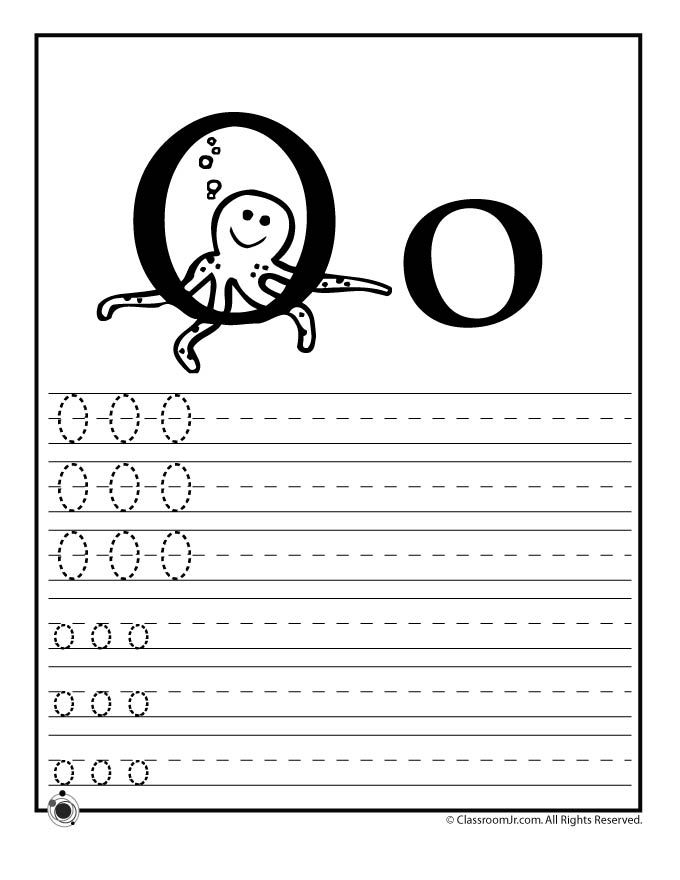
Parents can monitor their children's progress and control their exercise.
Mathematics
The first section of the child's LC is dedicated to Mathematics. Depending on the class of study, students are provided with complex tasks grouped into blocks. Only after passing a separate block will the next one in complexity be available. nine0005
For children in grades 1-6, the usual mathematical examples and problems are offered, and from grade 7 to 11 sections will be devoted to algebra.
Let's say that when opening classes for the first grade, the student will have to complete 3 types of tasks: in numbers and magnitudes, addition and geometry. After that, access to the Laboratory will appear, where all the material covered will be in a complex and the student will be offered the opportunity to consolidate everything again and work out the mistakes made in previous lessons. nine0005
Russian language
The block dedicated to the Russian language is under active filling.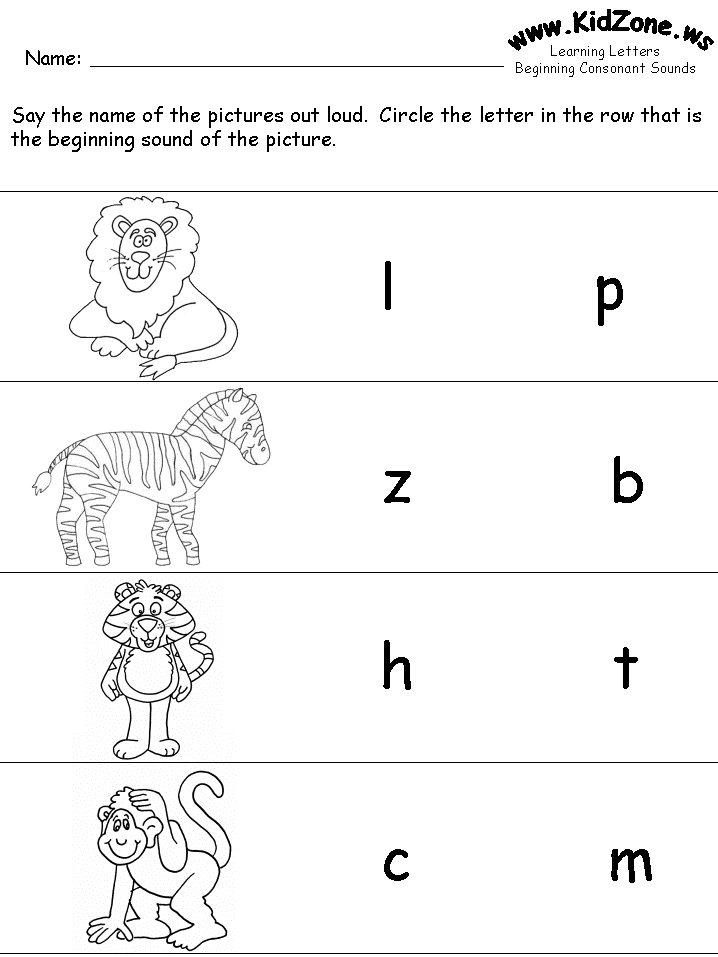 Now only children in grades 1-4 can work in the system. For them, the most interesting tasks with pictures are offered, which will allow you to learn effortlessly, which will definitely not leave any child indifferent. Education is available in the following areas:
Now only children in grades 1-4 can work in the system. For them, the most interesting tasks with pictures are offered, which will allow you to learn effortlessly, which will definitely not leave any child indifferent. Education is available in the following areas:
Help! Tasks are added almost every day, so every time you can find something new.
English
One of the most interesting lessons, according to students, is English. Beautiful pictures, interesting tasks, exciting scenarios for using English to communicate in everyday life - all this is about the section in Uchi.ru. To move on to a new task (remove the lock from it), you need to complete the previous one.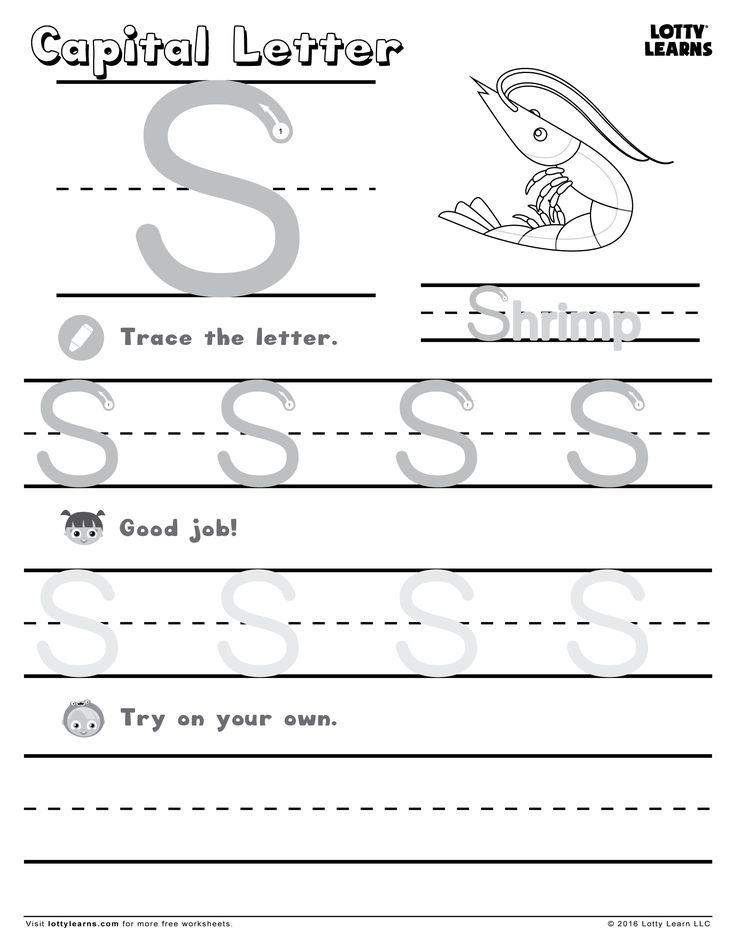 nine0005
nine0005
An important feature of the program is that each lesson can be taken several times until the proposed material is completely mastered by the child.
It is also worth noting that this section is also only being filled. Therefore, there are not too many tasks yet, but the developers are working on it.
The world around
Another no less fascinating subject is the world around. Primary school students are offered the opportunity to know themselves, as well as begin to study the world around them. The program has lessons on geography, ecology, astronomy, zoology and much more. Most of the lessons are built in a playful way and combine knowledge from several areas at once. nine0005
One of the sections is devoted to the study of patriotism and the Motherland, within which the topics "What is the Motherland", "Our Motherland Russia" and other equally fascinating topics are analyzed.
And here is one of the tasks dedicated to the holidays: you need to determine what date the holidays proposed in the pictures are celebrated.
Olympiads
We all remember the Unified State Examination and the fact that the points obtained greatly affect their chances of entering universities. One of the ways to accumulate points is to participate in olympiads. This possibility is also implemented on the Uchi.ru website. If a child wants to take part in exciting olympiads, earn points and receive diplomas, then registration on the site must be carried out by a teacher, which will allow for a real selection of schoolchildren. nine0005
In the Olympiad section, you will find contests available for participation, as well as information on when the next Olympiad will take place.
Also, if the parents take care of the child on their own, they have the opportunity to try their hand and go through the tasks of previous years.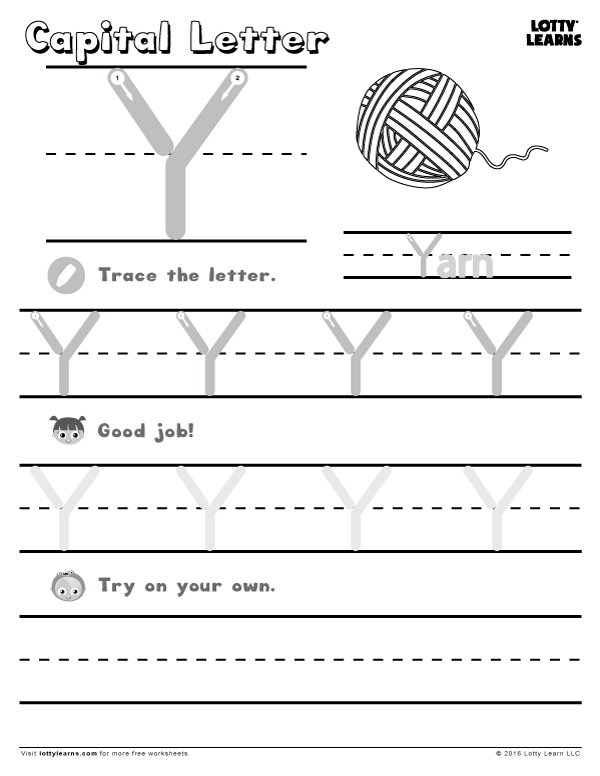
Interactive games
Learning is light, but rest is also needed. And if this vacation is spent with benefit? The site has a section in which students can not only distract from the process of obtaining knowledge, but also check the knowledge already gained, as well as develop their attentiveness, logic and ingenuity. nine0005
Each game offered on the site is a multi-level game, however, in order to gain access to all levels, parents will have to replenish the game account. Of course, the amount is small, but it is necessary for the site to develop faster. And the opportunity to open new levels should serve as an incentive for the child to master the tasks proposed in the course even faster and better.
Webinars
Another fascinating, informative, and most importantly, unique section of Uchi.ru is "Webinars". These are live broadcasts with teachers who teach interesting topics in real time that you can’t read in books on your own. You can watch classes both in real time, participating in it, chatting and asking questions to which you will receive answers immediately, and in the recording. You need to sign up for upcoming events, then you will receive a notification with a reminder of the upcoming event. But you can also go to the archive and view what has already been presented earlier. nine0005
Personal account mobile app
For Android or iOS tablets and smartphones, there is a Uchi.ru mobile app that allows you to continue learning wherever you are. To quickly sign in from your mobile device, set up a pin code the first time you open it. The application repeats all the functions of the full version of the site and is made in the same simple and understandable style.
Just a couple of months ago, you could download the mobile application on the official pages of the software installed on phones of all platforms. But now, the application "Uchi.ru" has disappeared from the appstore and googleplay.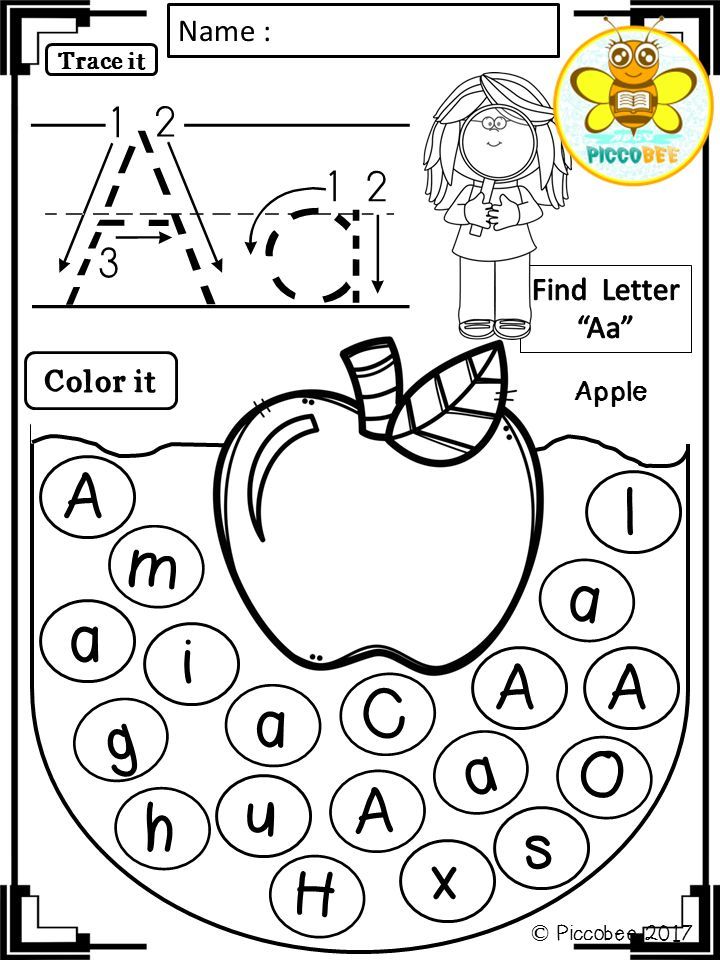 For those who have already installed it, the application works as usual, notifications about upcoming webinars and olympiads are received. Perhaps in the near future access to downloading the program will be restored again. You can check this yourself by entering the name of the application in the search bar. nine0005
For those who have already installed it, the application works as usual, notifications about upcoming webinars and olympiads are received. Perhaps in the near future access to downloading the program will be restored again. You can check this yourself by entering the name of the application in the search bar. nine0005
Customer support via Uchi.ru account
There is a feedback form in the lower right corner of the page. You can leave a message about any site malfunctions or ask a question. Support specialists will answer it as soon as possible.
Security and privacy policy
The uchi.ru website collects and stores users' personal data, location information and IP addresses solely for the purpose of providing access to educational programs and improving the quality of the service. Without the consent of the participants, their data cannot be transferred to third parties. It is not recommended to disclose your personal data, as well as login and password to third parties.